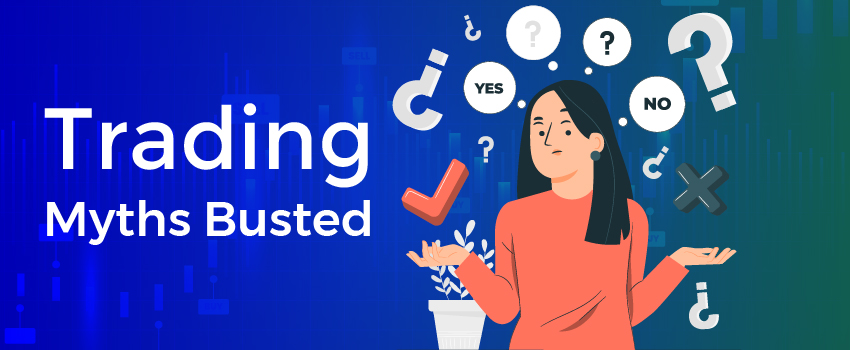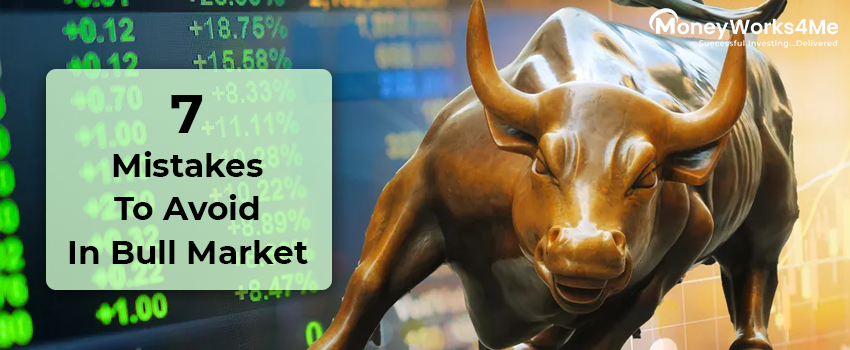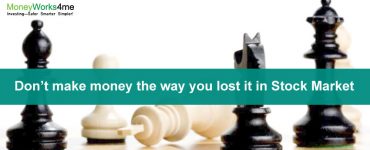“Riskier investments provide higher returns. If you want to make more money, the answer is to take more risk.” This is a common but incorrect perception of many investors, more so when the times are euphoric. Because if an investment can be counted on to give reliable returns it simply does not remain risky anymore! Rather the correct statement would be that ‘Riskier investments have to offer the prospect of higher returns in order to attract investors‘.
It is true that in investing, risk is unavoidable because it requires us to deal with the future. And one cannot aim to be a successful investor in the long term without assessing risk correctly. The first step consists of understanding it. The second step is recognizing when it’s high. The critical final step is controlling it.
Before we attempt to understand risk, we should first define risk. While modern finance theory defines Risk as ‘Volatility’, Howard Marks defines risk simply as the permanent loss of capital. Come to think of it that is the risk investors like you and I worry most about and not how much the price of a stock may fluctuate!
This risk of loss does not come only from weak fundamentals. Rather it has a lot to do with the price a particular asset is bought at. In fact a fundamentally weak asset – like a junk bond or stock of a small company – can make an attractive investment if bought at a low enough price. This is the basic guiding principle for value investing. Value investors believe that buying assets cheap enough can give them both – high returns and low risk. It is entirely possible that you may miss out on that final lap of the bull rally if you follow value investing principles but your returns over the years will be far more consistent than any ad hoc trader! And we’d rather be safe than sorry.
This now brings us to the next question of, how do we then measure this risk? Much of the risk by nature is subjective, hidden and unquantifiable. You need to use your judgment primarily based on (a) the stability and dependability of value and (b) the relationship between price and value. However, given the difficulties in assessing risk, Marks says that the only ratio that can be used as a measure of risk is the ‘Sharpe Ratio’. A better way of dealing with risk is to have an idea of the range of future outcomes and their relative likelihood of occurring— that will give us a rough probability distribution. The expected result is calculated by weighting each outcome by its probability of occurring. Though as an investor we can never afford to forget that improbable things happen all the time. And here I reemphasize the importance of second level thinking. Because risk can be judged only by sophisticated, experienced second- level thinkers.
Dealing with this risk starts with recognizing when the risk is high. High risk comes primarily with high prices. Risk arises when markets go so high that prices imply losses rather than the potential rewards they should. In euphoric times (perhaps like the one we are witnessing in our country now), investors stop paying attention to risk i.e. they no longer bother to be compensated about the risk they take. As a result, they end up buying stocks at high P/Es, EBITDA multiples. This is the time when we value investors should be more sceptical about stocks than ever.
Warren Buffett has a famous quote most that most of us would have heard previously: “The less prudence with which others conduct their affairs, the greater the prudence with which we should conduct our own affairs.”
The opposite also stands true. When everyone in the market believes that a stock is risky, they push its price down to where it’s not risky at all rather its low price has already factored future disappointments in business performance and hence any surprise performance would just make the risk reward scenario quite positive. And this is when value investors should grab the opportunity with both hands.
Finally, in order for a portfolio to make it through tough times, the risk generally has to be well controlled. This might not be evident in good times but none the less it is in perhaps most essential in such euphoric times to control risk. To give you an example: A good builder is able to avoid construction flaws, while a poor builder incorporates construction flaws. When there are no earthquakes, you can’t tell the difference. As Buffett famously said, “It’s only when the tide goes out that you find out who’s been swimming naked.” Marks adds, “Pollyannas take note: The tide cannot come in forever.”
Now let me be clear here, by Risk control, I do not mean to avoid risk altogether. There is a clear distinction between the risk control and risk avoidance. It is through efficient risk control that you can avoid losses. Risk Avoidance on the other hand may lead to return avoidance as well! Our investment decisions should be guided by both Risk and Return considerations. Earning high returns by undertaking high risk is no great feat, earning high returns with low risk is!
So what do you think? Where do we stand today in terms of risk in the markets? Send your reply through the comments section below.
If you liked what you read and would like to put it in to practice Register at MoneyWorks4me.com. You will get amazing FREE features that will enable you to invest in Stocks and Mutual Funds the right way.
Need help on Investing? And more….Puchho Befikar
Kyunki yeh paise ka mamala hai
Start Chat | Request a Callback | Call 020 6725 8333 | WhatsApp 8055769463










While we surely have moved on from finding very easy bargains, I believe we are not into an extreme euphoric zone yet. The markets may fall as investors/traders book their profits in short to medium term however there are few triggers that could at least ignite a cyclical bull market if not structural bull market.
1. If the Sensex earnings were to grow at an annualised rate of 10-12% and assuming a fair value multiple of 19-20 we can project Sensex between 30,000 – 31000 in two years. I have not considered a P/E expansion phase, if that were to happen than the levels would obviously inflate more.
2. If we are to see interest rates peaking after a point and declining thereafter (off course extremely hard to predict the cycle and its timing) but even if we assign a probability of 50% that it may peak within 1-2 years than this will have a huge positive impact on company’s cost of capital and stock valuation will be subject to revision.
3. Up until UPA – 2 was in power and even during these times we are
towards an extreme end of policy paralysis, however since BJP has a clear majority it will be fair to assume that we will see good reforms and development in the coming years that will benefit the companies and economy.
Considering the current market levels (assuming that Nifty’s fair valuation ranges between a P/E multiple of 18-20 based on historical observation) and hopeful future prospects I do think that there are good investment opportunities ahead only if we think long term. Stock picking skills will be very important going forward as opposed to few months ago when picking stocks was rather easy as many well run companies were trading at cheap multiples and it was like a no brainer game.